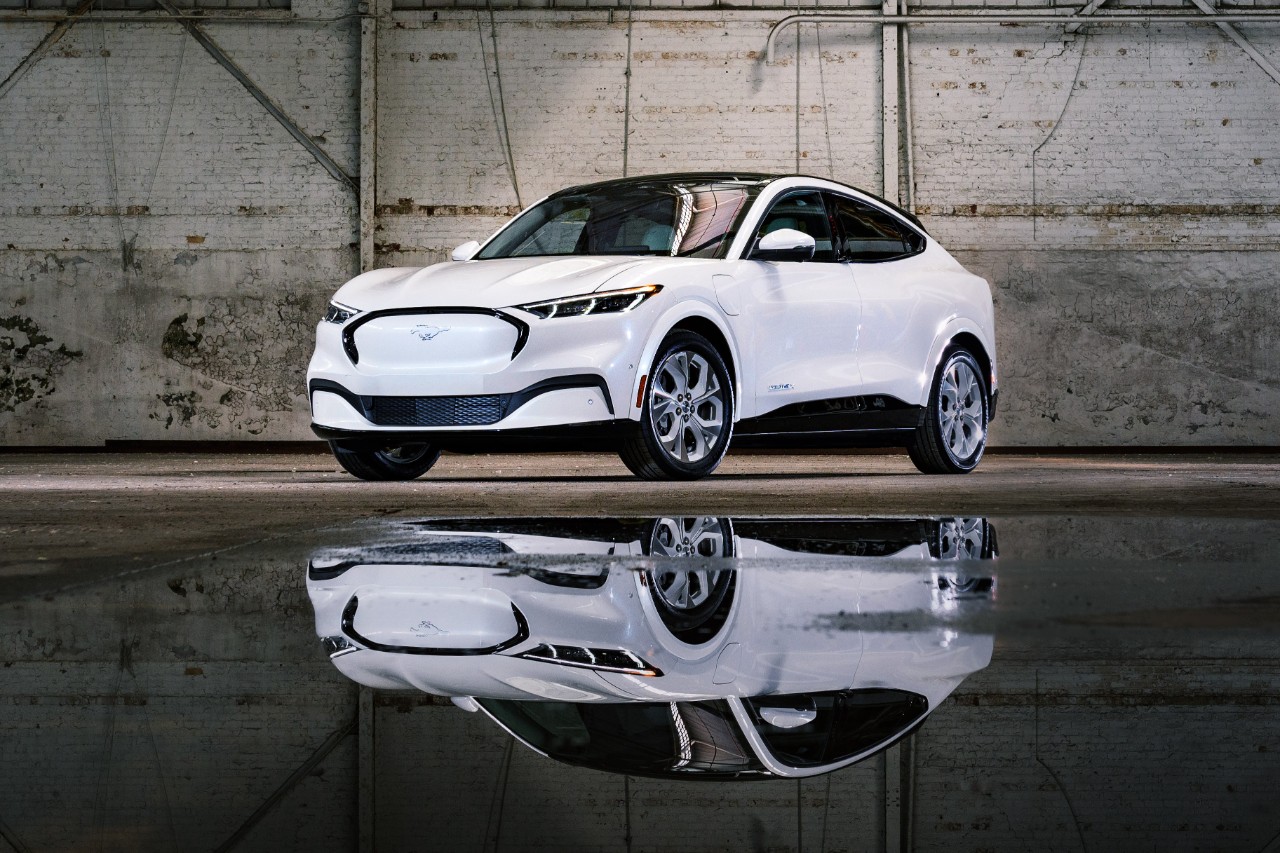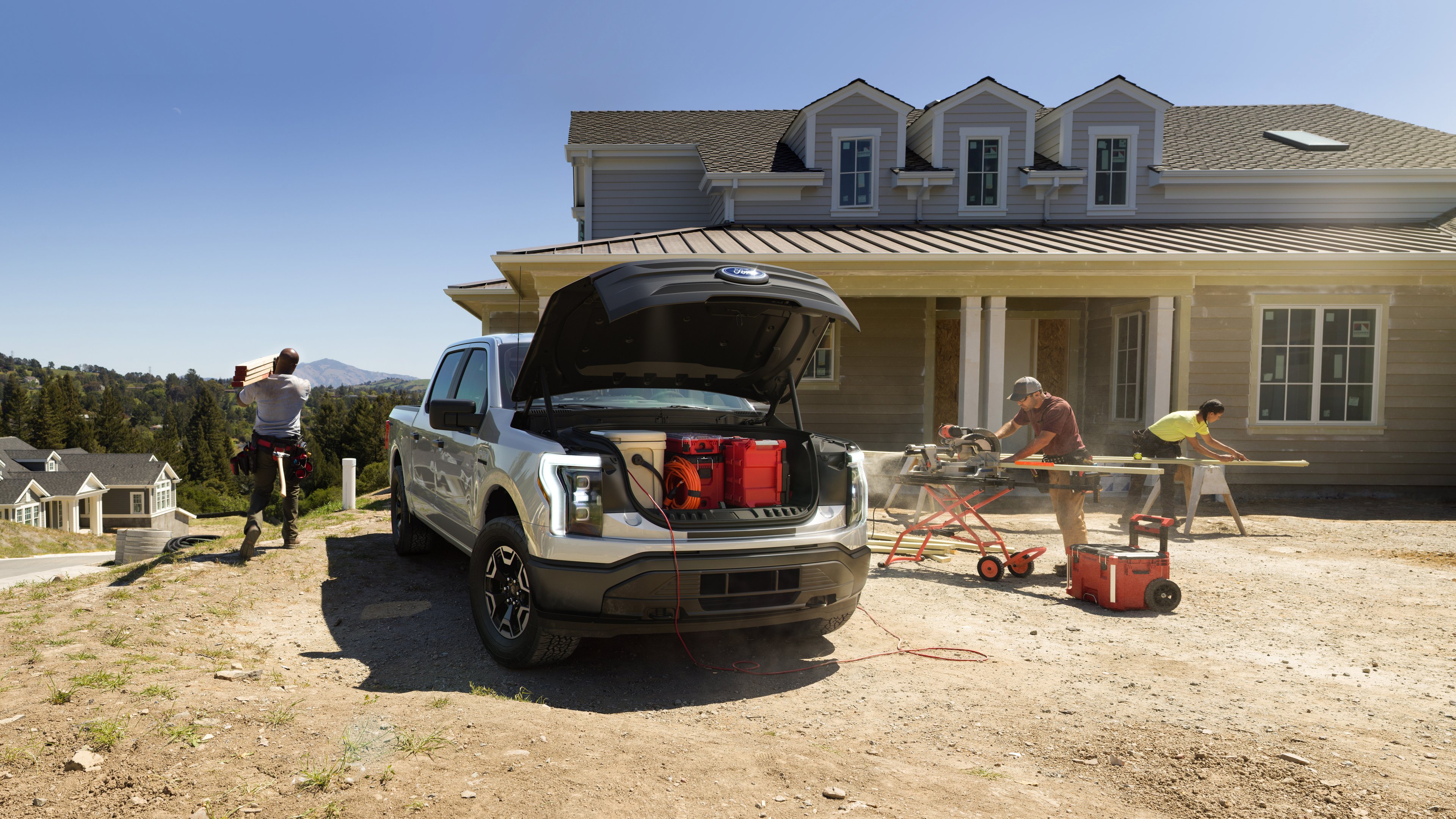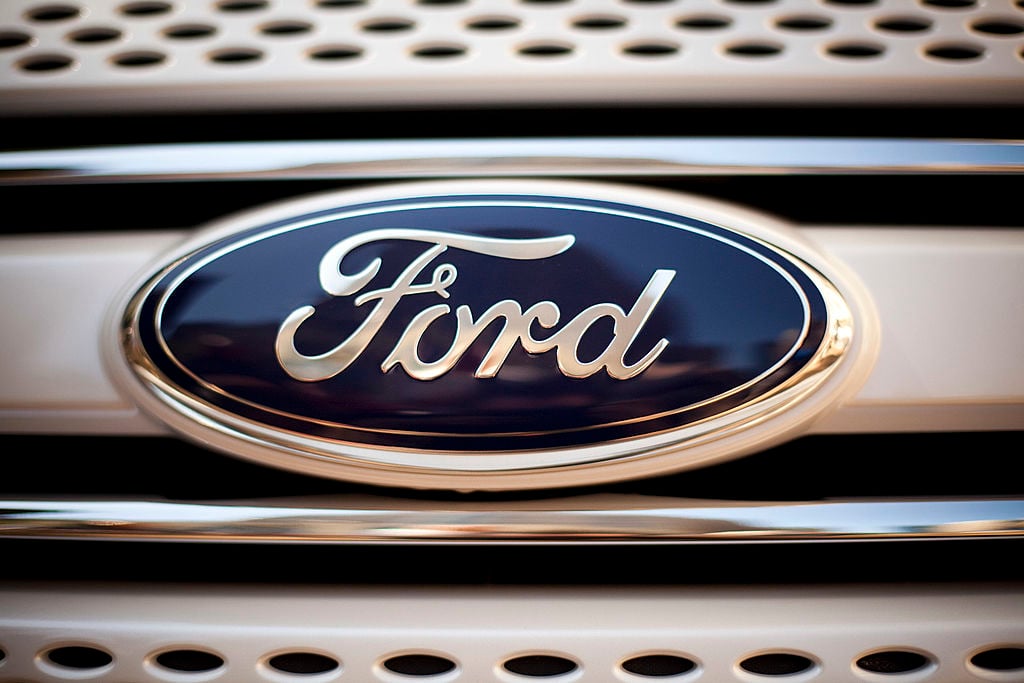
Strong sales of Explorer SUVs helped boost Ford's results in October. Source: Ford Motor Company.
Ford Motor Company (F 0.22%) said on Monday that its U.S. sales fell 1.8% in October, as the company worked to manage its pickup-truck inventories as it gears up to launch its all-new 2015 F-150.
Ford's decline was better than the 4.3% decline expected by analysts thanks to strong sales of SUVs and crossovers and a good result for the midsize Fusion sedan.
SUVs gain while car sales lag
Ford's mainstay SUVs, the compact Escape and larger Explorer, both posted their best October sales results in years, Ford said in a statement. Sales of the Escape rose 12%, while Explorer's rose 6% over a very good year-ago result for the model's best October result since 2004. Ford's new luxury SUV, the Lincoln MKC, also generated good sales, helping drive the Lincoln brand to a 24% gain.
But while SUV sales were strong, sales of cars were mostly sluggish -- reflecting a trend seen across the industry last month. While Ford's midsize Fusion managed a 5% year-over-year sales increase and is on track for its best-ever year, Ford's smaller Focus and Fiesta both posted substantial sales declines.
To some extent, those declines are attributable to a shift in Ford's strategy -- the Blue Oval is selling fewer cars to rental-car companies this year in a bid to maximize per-sale profits. Both the Focus and Fiesta have been popular with rental fleets in years past.
But there's a larger trend manifesting here, a broad shift in consumers' preferences away from cars and toward crossover SUVs that we've seen play out across the industry. Shifts like these happen periodically, and they reinforce the importance of something former Ford CEO Alan Mulally used to emphasize: having strong competitive entries in all of the key mainstream market segments.
Good results for the F-Series amid a complicated transition
None of those segments are more important to Ford than full-size pickup trucks, of course. Ford's F-Series line has topped the U.S. sales charts for decades -- and provided the bulk of Ford's profits for many years.
Sales of the F-Series were down 0.6% in October, a drop that Ford attributes to a need to "manage inventories" ahead of the launch of its all-new F-150 next month. Converting Ford's two pickup factories to build the aluminum-bodied 2015 F-150 has been a time-consuming process that has cost Ford weeks of production.

The first of Ford's all-new 2015 F-150 pickups will arrive at dealers in a few weeks, but Ford says inventories won't be at full strength until well into 2015. Source: Ford Motor Company.
In an effort to ensure it doesn't run out of 2014-model trucks before its dealers are fully stocked with new 2015s, Ford has kept its incentives modest and rolled back some of its marketing. That has allowed rivals General Motors and Fiat Chrysler to gain market share at Ford's expense, but it helped keep Ford's profits strong in the first half of 2014.
Ford's U.S. sales chief John Felice reiterated on Monday that preparations for the all-new F-150 are "on track." The first of the new pickups are expected to arrive at dealers next month, but Ford has warned that supplies of the new pickups might not be at full strength until sometime in the second quarter of next year.
Inventory, fleet sales, and incentives all looking good
Ford sales analyst Erich Merkle said on Monday that the company had about 614,000 vehicles in inventory as of the end of October, or about 88 days' worth of sales. That's somewhat high by historical standards, but it's less than the 91 days' worth it had at the end of October of last year -- and to some extent, it reflects Ford's move to hoard 2014 pickups ahead of the changeover. It's not worrisome.
Fleet sales represented 28% of Ford's U.S. sales in October, Merkle said, with the percentage of rental-fleet sales -- 9% of total U.S. sales -- down from 11% a year ago. (Ford's fleet sales totals include sales of commercial and government vehicles as well as sales to rental-car fleets.)
Merkle also noted that Ford's average per-vehicle spending on incentives was down in October, both versus September's spending (by about $210) and versus its levels in October of last year (by about $100). At the same time, its average transaction prices were up about $940 over last month -- reflecting the arrival of all-new 2015 models at dealers -- and up by about $530 versus a year ago. That's also good news for Ford's profitability.
The upshot: No surprises from Ford this month
Ford continued to lose U.S. market share to rivals in October, but it was no surprise given the constraints on F-150 supplies. If anything, Ford surprised a bit by doing better than expected, as its pickup sales remained at healthy levels, and good performances from the Fusion, the SUVs, and the Lincoln brand helped boost overall results.






